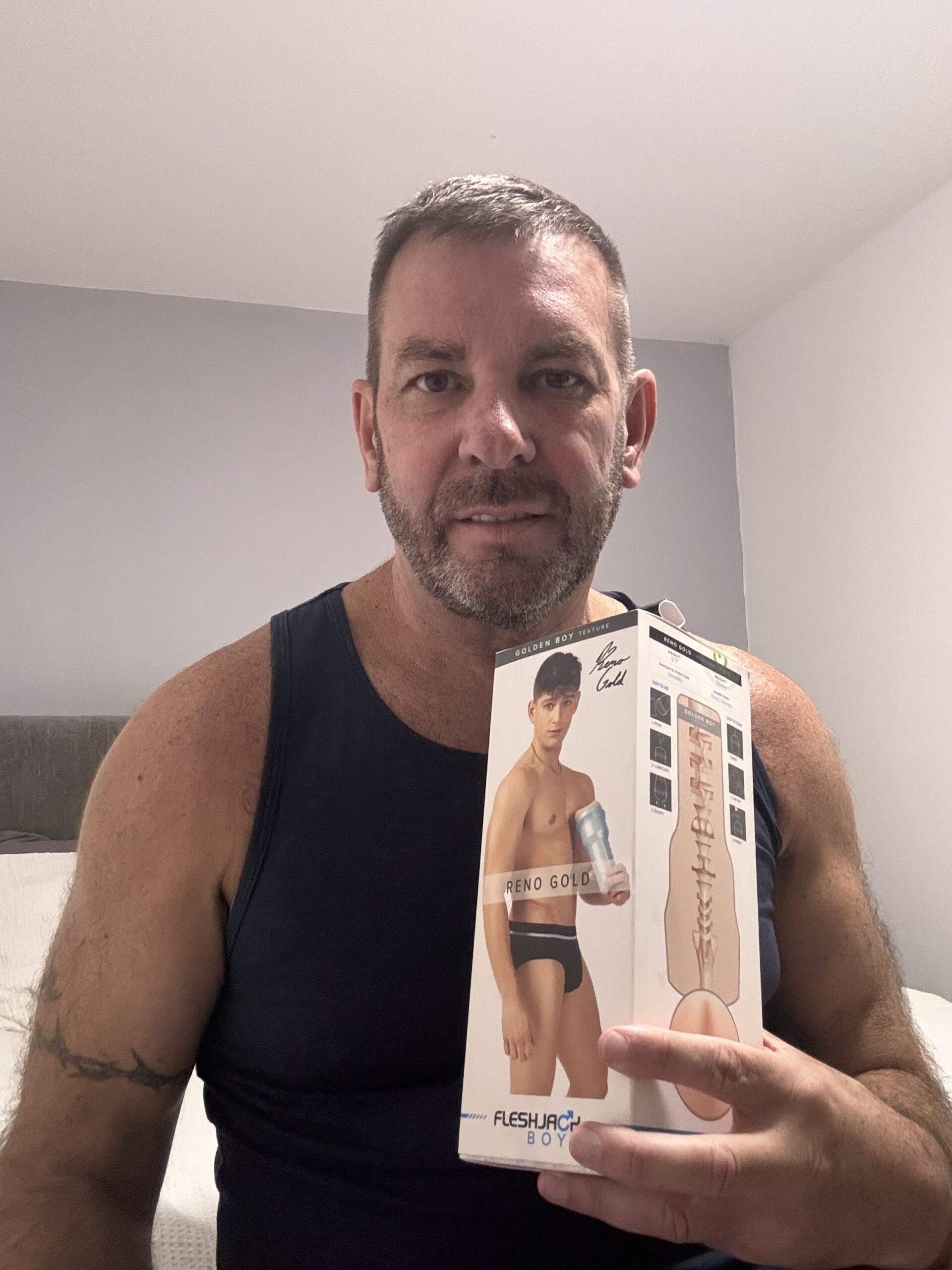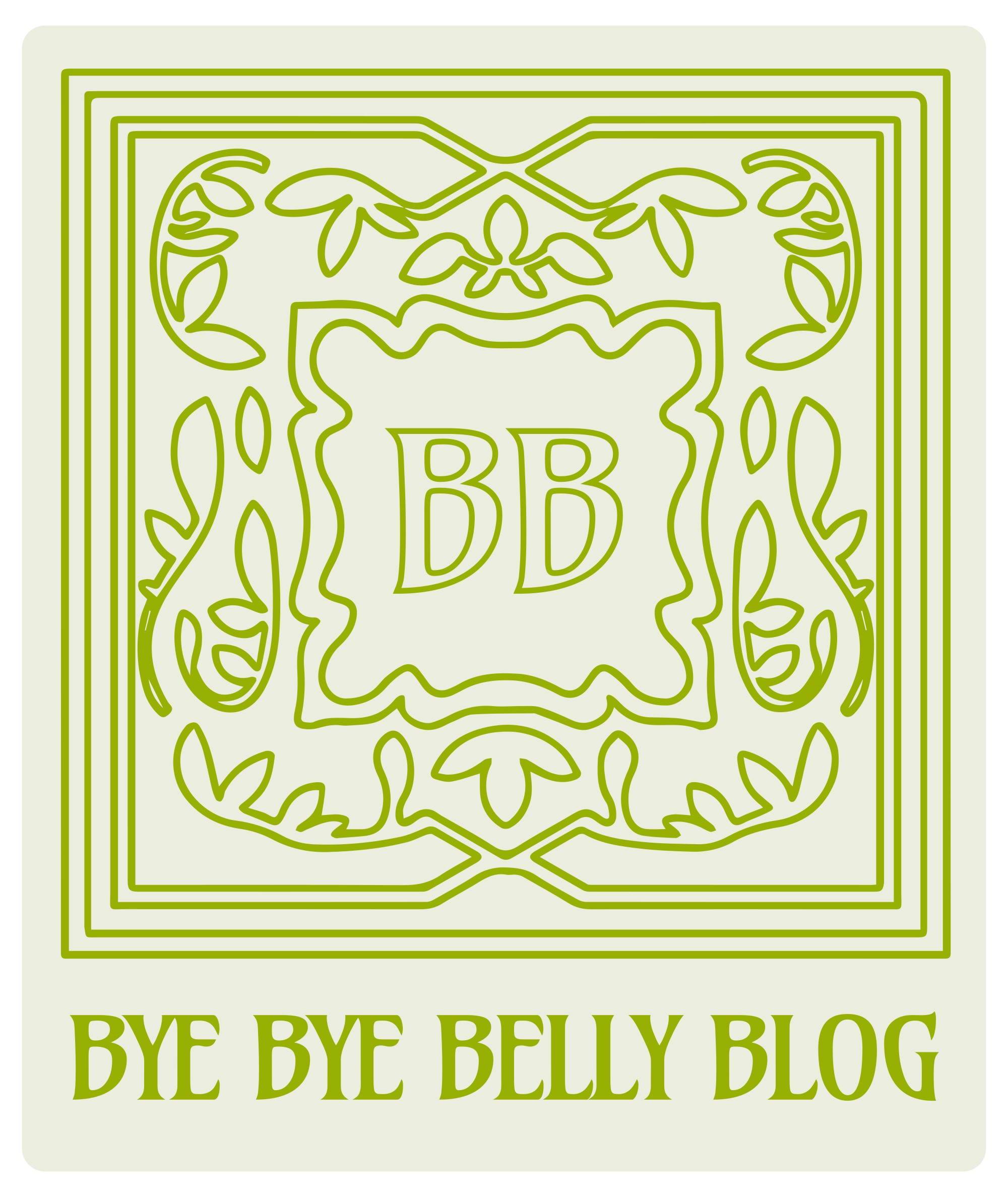How To Navigate The Challenges Of Dating As A Non-binary Person
April 30, 2025
Understanding your own identity is crucial before navigating the complexities of dating as a non-binary person.
Here’s a breakdown of key aspects to consider:
-
Defining Your Non-Binary Identity:
Non-binary is an umbrella term encompassing gender identities that fall outside the binary categories of male and female. Take time to explore what non-binary means to you personally.
Consider if you resonate with specific labels like agender, bigender, genderfluid, or another identity.
Your understanding may evolve over time, and that’s perfectly okay.
-
Exploring Your Attraction:
Reflect on who you are attracted to, regardless of gender.
You might be attracted to people of all genders, primarily one gender, or experience attraction in ways that don’t align with traditional labels.
-
Understanding Your Relationship Needs:
What kind of relationships are you looking for?
Consider whether you prefer romantic partnerships, friendships, or other types of connections.
Define your boundaries and expectations in relationships.
-
Communicating Your Identity:
Decide how comfortable you are sharing your non-binary identity with others, including potential partners.
You have the right to disclose information at your own pace and in ways that feel safe for you.
-
Building Self-Love and Confidence:
Embrace your authenticity and celebrate who you are.
Confidence in your identity will make it easier to navigate dating experiences with self-assurance.
Remember that there is no right or wrong way to be non-binary or to date as a non-binary person. Explore, experiment, and find what works best for you.
Defining Your Non-Binary Self

Navigating the world of dating can be complex for anyone, but it can present unique challenges for non-binary individuals. One crucial aspect of this journey is defining your non-binary self, which involves understanding your pronouns and identity labels.
Pronouns are words used to refer to a person, such as he, she, they, or ze. For many non-binary people, traditional binary pronouns (he/him or she/her) don’t accurately reflect their gender identity. Exploring alternative pronouns like they/them, xe/xem, or any other pronoun that feels authentic can be an empowering step in self-discovery.
Identity labels are terms used to describe one’s gender identity. The non-binary umbrella encompasses a wide spectrum of identities, each with its own nuances and meanings. Some common non-binary identities include agender (lacking a gender), bigender (identifying with two genders), genderfluid (experiencing shifts in gender identity), and genderqueer (rejecting traditional binary gender categories).
Finding the right pronouns and labels can be a personal journey that unfolds over time. There’s no single “right” answer, and what feels true for one person may not resonate with another. It’s important to remember that these are tools for self-expression and communication, and you have the right to choose what feels most comfortable and authentic to you.
Experimenting with different pronouns and labels can be helpful in understanding your identity better. Talking to friends, family, or a therapist who is knowledgeable about gender identity can also provide valuable support and guidance.
Ultimately, the key is to choose pronouns and labels that feel true to yourself. Embrace the journey of self-discovery and remember that your identity is valid and worthy of respect.
Defining your non-binary self is an ongoing process of self-discovery, exploration, and affirmation. It involves understanding your gender identity, which is separate from your sexual orientation. Non-binary identities encompass a wide spectrum of experiences, where individuals may identify as neither exclusively male nor female, or as both.
Embracing your non-binary identity often means challenging societal norms and expectations. You might find yourself questioning traditional gender roles, pronouns, clothing styles, and expressions. This can be liberating and empowering, but it also requires courage and resilience in the face of potential misunderstanding or rejection.
One crucial aspect of defining your non-binary self is determining your preferred pronouns. Pronouns are words used to refer to a person, such as he/him, she/her, they/them, ze/zir, or other variations. It’s essential to use the pronouns that align with how you identify and feel comfortable being addressed.
Communication is key when it comes to navigating social cues and expectations. Don’t be afraid to correct people if they misgender you, but remember to approach these situations with patience and understanding. It’s helpful to explain your preferred pronouns and educate others about non-binary identities in a way that feels comfortable for you.
Building a support system is vital. Connect with other non-binary individuals, either online or in person. Sharing experiences, challenges, and triumphs can foster a sense of belonging and provide valuable insights.
Remember, defining your non-binary self is a journey, not a destination. It’s an ongoing process of self-exploration, expression, and acceptance. Embrace the uniqueness of your identity, celebrate your authentic self, and advocate for a world that recognizes and respects all genders.
Defining your non-binary self is a deeply personal journey. It’s about understanding and embracing your gender identity in a way that feels authentic to you. There’s no right or wrong way to do it, and it can evolve over time.
Here are some steps that might help:
-
Explore your feelings and experiences. Spend time reflecting on how you feel about traditional gender roles and labels. What resonates with you? What doesn’t?
-
Learn about non-binary identities. There are many different ways to be non-binary, so research various terms and concepts to see what feels most aligned with your understanding of yourself.
-
Experiment with pronouns and names. Try out different pronouns (they/them, he/him, she/her, etc.) and names to see what feels comfortable and accurate.
-
Connect with other non-binary individuals. Finding a community can provide support, validation, and a sense of belonging. Look for online forums, groups, or local meetups.
Communicating your identity to potential partners is crucial for building healthy and respectful relationships.
-
Be upfront about your gender identity early on. Don’t assume they know or understand your experience. Clearly state your pronouns and how you prefer to be addressed.
-
Explain what non-binary means to you sex toy shops in a way that feels comfortable. You don’t need to provide a lengthy explanation, but offering some context can help them understand your identity better.
-
Be patient and understanding. Some people may not be familiar with non-binary identities. Be willing to answer questions respectfully, but don’t feel obligated to educate everyone.
-
Set boundaries around language and behavior. It’s okay to correct someone if they misgender you or use inappropriate language. It’s also important to communicate your expectations for respect and inclusivity in the relationship.
Remember, dating as a non-binary person can be challenging, but it can also be incredibly rewarding. Be true to yourself, prioritize your needs and boundaries, and don’t be afraid to seek support from others.
Coming Out: When & How to Share Your Truth
Setting Boundaries & Managing Expectations
Dating as a non-binary person can bring unique joys and challenges, particularly when it comes to setting boundaries and managing expectations. Clear communication and self-awareness are key to ensuring your dating experiences are positive and respectful.
Here are some tips for navigating these aspects of dating as a non-binary individual:
-
Define Your Boundaries:
Take time to reflect on what makes you feel comfortable and safe in a relationship. What are your dealbreakers? What are your needs regarding physical touch, communication, and emotional intimacy?
-
Communicate Your Boundaries Clearly:
Don’t be afraid to express your boundaries openly and honestly with potential partners. You can say something like, “I’m comfortable with specific type of touch, but I prefer not to other types of touch.”
-
Respect Others’ Boundaries:
Just as you deserve to have your boundaries respected, it’s crucial to respect the boundaries set by others. If someone indicates discomfort or a preference, listen and adjust accordingly.
-
Be Prepared for Misunderstandings:
Not everyone will understand your boundaries right away. Be patient and reiterate them as needed. It’s okay to educate people about non-binary identities and what that means for you.
-
Manage Expectations:
Dating can be a journey of self-discovery. It’s important to have realistic expectations about finding someone who aligns with your values, identity, and boundaries. Don’t settle for less than you deserve.
-
Prioritize Your Well-being:
Your mental and emotional health are paramount. If a date or relationship feels draining or disrespectful, it’s okay to step away. You have the right to prioritize your own well-being.
Remember, setting boundaries and managing expectations is an ongoing process. Be kind to yourself, communicate openly, and enjoy the journey of finding connections that are authentic and fulfilling.
Navigating the world of dating as a non-binary person comes with its own unique set of challenges, but it’s also an opportunity for growth, self-discovery, and building meaningful connections.
One of the most important aspects is setting **boundaries** and managing **expectations**. Clearly define what you are comfortable with in terms of pronouns, physical touch, and emotional intimacy. Communicate these boundaries openly and honestly to potential partners from the start.
Don’t be afraid to walk away from situations that make you uncomfortable or violate your boundaries. Remember, your needs and feelings are valid, and you deserve to be treated with respect.
Finding **your tribe** and building connections is crucial for emotional well-being and support. Seek out communities of non-binary individuals, whether online or in person. These spaces can provide a sense of belonging, understanding, and shared experiences.

Joining LGBTQ+ groups, attending pride events, or connecting with people through social media can help you find like-minded individuals who share your journey.
Building **meaningful connections** takes time and effort. Be patient with yourself and the process.
Engage in activities you enjoy, be open to meeting new people, and nurture relationships that feel authentic and supportive.
Remember, dating as a non-binary person is a journey of self-discovery and connection. Embrace your identity, set healthy boundaries, seek out your community, and allow yourself to experience the joys and challenges that come with finding love and companionship.
Exploring Dating Apps Designed for Non-Binary Individuals
Seeking Out LGBTQ+ Friendly Spaces & Events
Finding a community that celebrates and understands your unique identity can be crucial for navigating the complexities of dating as a non-binary individual. Seeking out LGBTQ+ friendly spaces and events provides an opportunity to connect with like-minded people, build support networks, and explore relationships in a safe and affirming environment.
One way to discover these spaces is through online platforms and resources. Websites and apps dedicated to the LGBTQ+ community often list local events, meetups, and organizations. Social media groups can also be valuable for connecting with other non-binary individuals in your area and learning about upcoming gatherings.
Local LGBTQ+ centers offer a welcoming and inclusive atmosphere for everyone, regardless of their sexual orientation or gender identity. They typically host social events, support groups, workshops, and educational programs specifically designed for the LGBTQ+ community. These centers provide a sense of belonging and can be a great resource for finding friends, partners, and allies.
Pride festivals and celebrations are vibrant and joyous events that bring together people from all walks of life to celebrate diversity and equality. They offer a chance to connect with others who share your identity, enjoy lively entertainment, and advocate for LGBTQ+ rights.
Additionally, consider exploring interest-based groups and activities. Joining a book club, sports team, or arts collective that is open and welcoming to LGBTQ+ individuals can be a fun and engaging way to meet new people and expand your social circle.
Remember, building authentic connections takes time and effort. Be open to meeting new people, engage in conversations, and share your experiences. Don’t hesitate to reach out to organizations or individuals for support and guidance.
Find out the whole story
Access the content in full
- Xela Rederm Skin Booster Treatments Near Cranleigh, Surrey - June 14, 2025
- The Effectiveness Of Retinol Peels In Kingston Upon Thames For Skin Health - June 13, 2025
- Skin Treatment & Skincare Consultations Near Stanwell, Surrey - June 12, 2025
